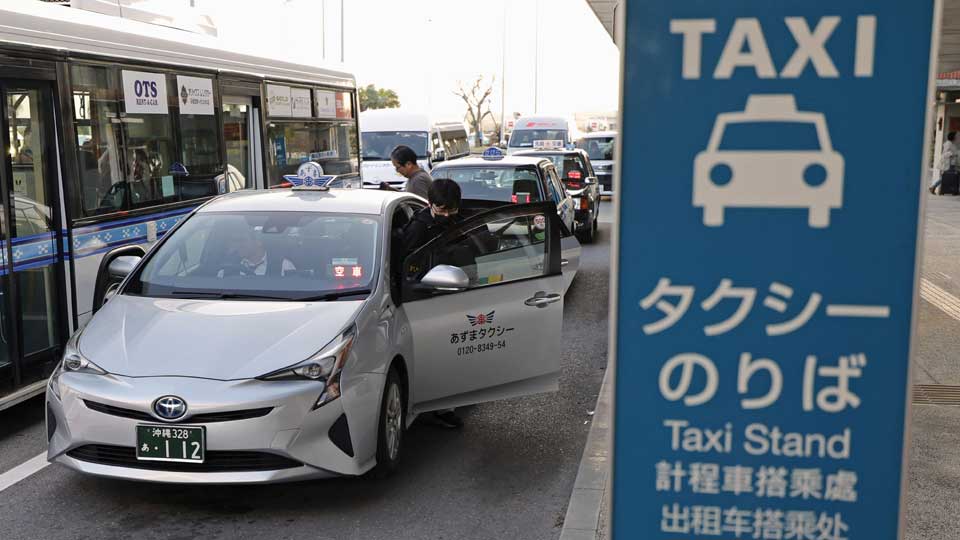Ride-hailing gets underway
Ridesharing services started in Japan on April 8 in certain parts of the country, including Tokyo.
The services are limited to time periods when there is excess demand for taxis, such as Friday evenings.
Ride-hailing kept off the roads
Ridesharing was banned in Japan except in a very small number of areas, such as scarcely populated regions with no public transport.
The national federation of local taxi associations was opposed to such services, ostensibly due to safety concerns.
Shortage of drivers
The government has moved to allow ride-hailing mainly because of a lack of drivers in combination with new types of demand.
As Japan's population ages, there is a greater need for transport services such as taxis. Older people are less likely to have a license and need more help getting around. But Japan's declining population means that there are fewer drivers and a smaller pool of riders overall, putting many taxi firms in the red.
An influx of people visiting from abroad has brought a new source of demand.

The number of taxi drivers has declined by about 20 percent since 2019 as drivers age out of the profession. Some of the younger cabbies switched to other lines of work during the pandemic, when demand collapsed.
One taxi driver says his company's retirement age has been raised to 75 but he still sees dozens of cars sitting idle in the company's parking lot.
Ride-hailing Japan style
The green light for ridesharing comes with many caveats. The Japanese version of ridesharing has started out highly regulated and uniquely formatted.
In most countries, ride-hailing services are operated by app providers such as Uber or Didi. These platforms engage the drivers, who are usually self-employed.
But in Japan, such services must be operated by a taxi firm, which hire the drivers. This means that app providers are small players in Japan because they are required to partner with taxi companies.

This set up gives such firms responsibility for ensuring that drivers are properly trained. They carry out checks to make sure that drivers are not intoxicated. They also pay the drivers. The government says this heavy hand is needed to ensure passenger safety.
There's an app for that
Although the system behind ridesharing is unique, the experience for customers is similar to what's found elsewhere.
Customers can hail a ride through an app and pay digitally. They can use Japanese apps including Go and S-ride or international ones such as Uber and Didi. One difference is that users choose between regular taxi services and ridesharing on the app.
The government is to discuss expanding such services across the country and the possibility of allowing online platforms to operate ridesharing on their own, after looking at the results of the initial rollout.
It is a cautious start, with a focus on ensuring safety and a seamless experience for passengers, but the ridesharing bandwagon is on the road in Japan.

